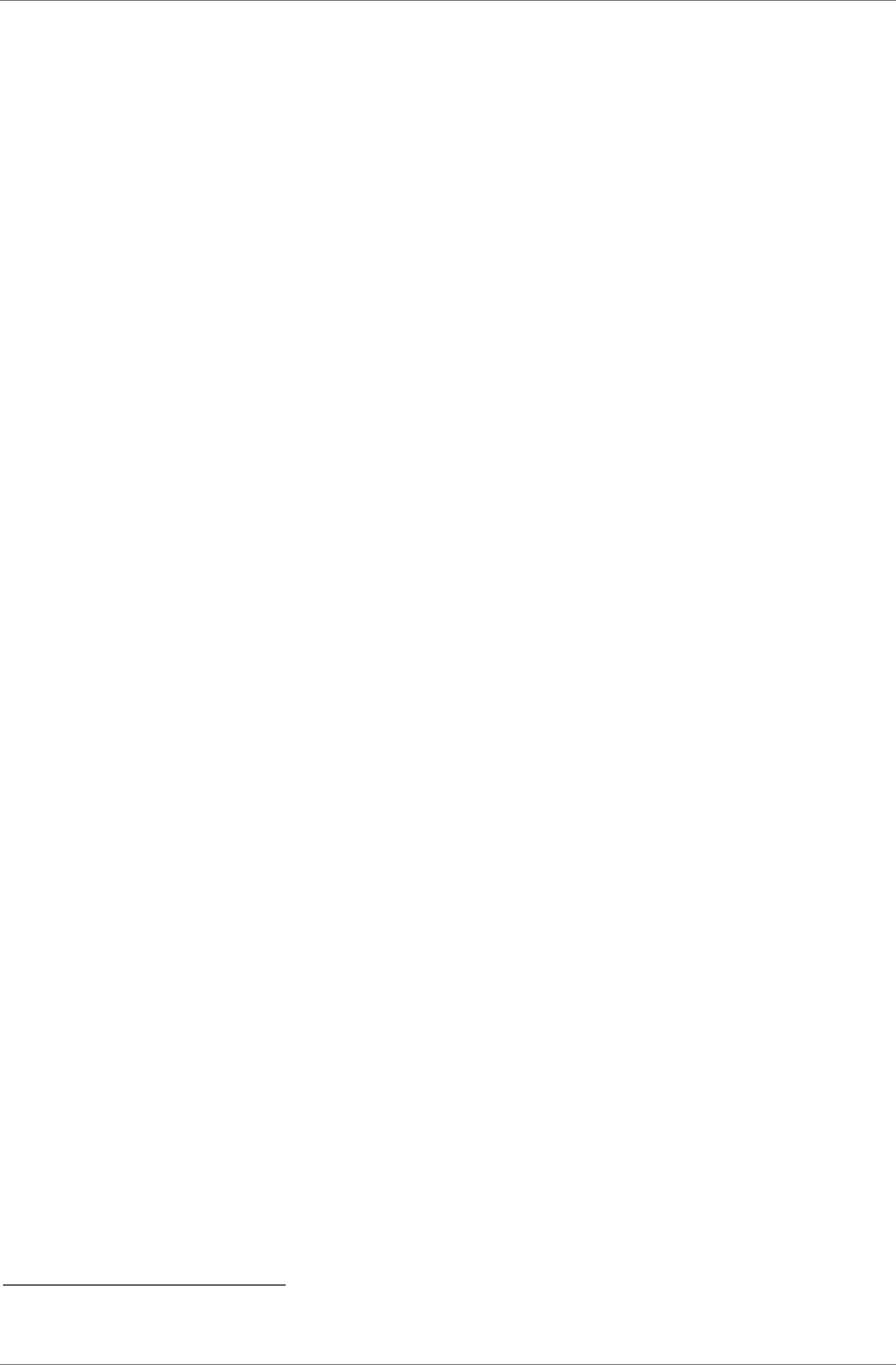
dCS 974 User Manual Manual for Software Version 1.0x
dCS Ltd May 2001
Manual part no: DOC1241121A1
Page 106
Document No: OS-MA-A0124-112.1A1
Contact
dCS
on + 44 1799 531 999 email to: more@dcsltd.co.uk
(inside the UK replace + 44 with 0) web site: www.dcsltd.co.uk
Noise shaping on its own is not perfect. It relies on a small amount of noise in
the input signal to generate the frequency shaped correction signal, and if there
is very low noise in the input signal, this mechanism can break down. In reality,
such a situation can only occur with test signals, digitally generated signals
31
, or
silences introduced in editing. If one of these situations may arise, any chance
of a problem can be completely removed by adding a dither signal as well as
using noise shaping. The noise shaping shapes the dither in the dCS 974
architecture. If Noise Shaped Triangular dither is used, then there is very little
weighted degradation in the final signal, although the quite high level of total
noise power now present means that the process should be carried out after
major editing.
There is another option not supported by the dCS 974 – generate the dither
independently of the signal and frequency shape it prior to addition, but do not
add it in an error shaping loop. This seems to dCS to combine the worst of all
worlds – the high noise floor in the 0 - 6kHz area of straight dither, and the high
total noise of noise shaping. However, some people use it.
What does it look like?
Figure 48 gives the spectra of 16 bit truncated 44.1 kS/s signals with a –90dB0
sine present, for two dither only signals (Top Hat, Noise Shaped Triangular), a
10
th
order noise shaped
32
signal, and a 10
th
order noise shaped signal with
added Noise Shaped Triangular dither. The equivalent simply truncated
spectrum is shown in Figure 49, separately because it is so revolting. In it, we
can see that at the signal level shown (-90dB0) error power from the
quantising/truncation is beginning to pile into the fundamental, which is showing
an amplitude error of +1.3dB. This would show up on a conventional linearity
plot, although the sign of the error could be either way.
31
for example, from synthesisers
32
for comparison with the table, 10
th
and 9
th
order noise shaping are very similar.


















